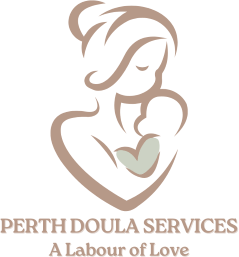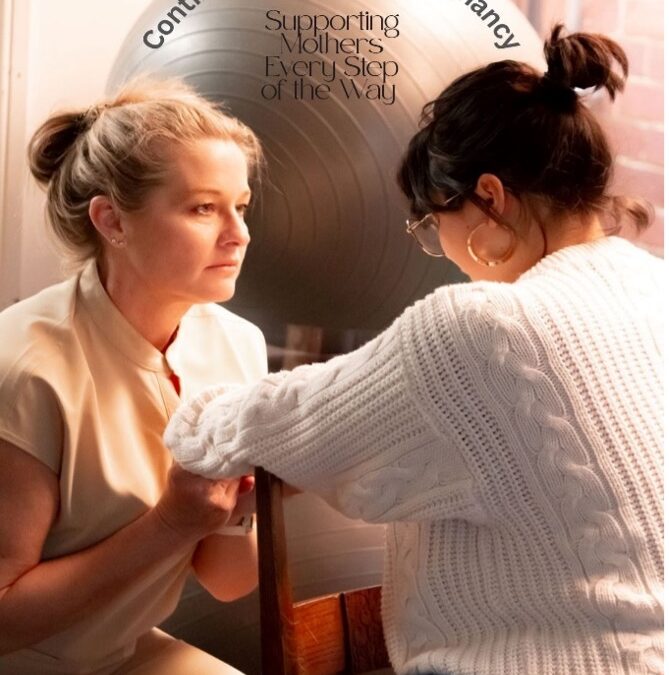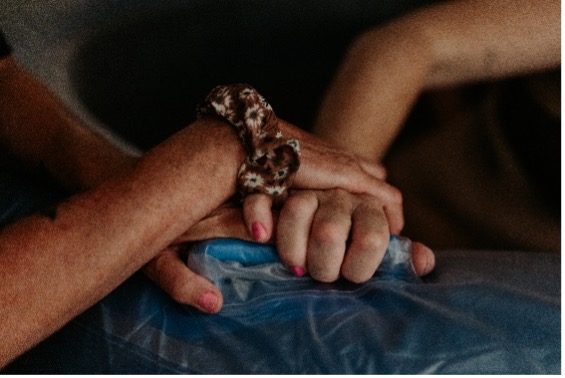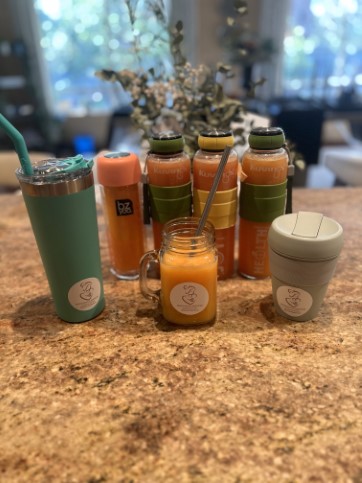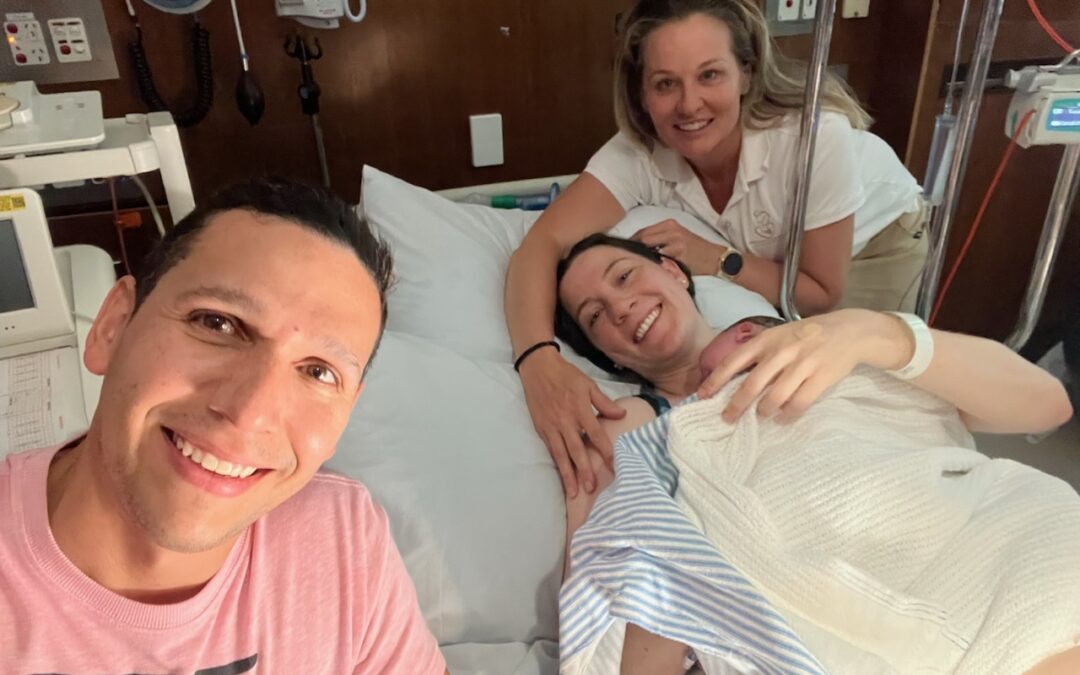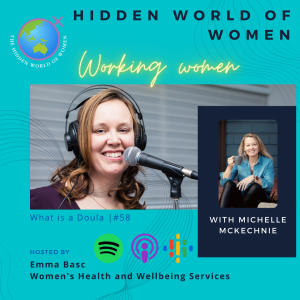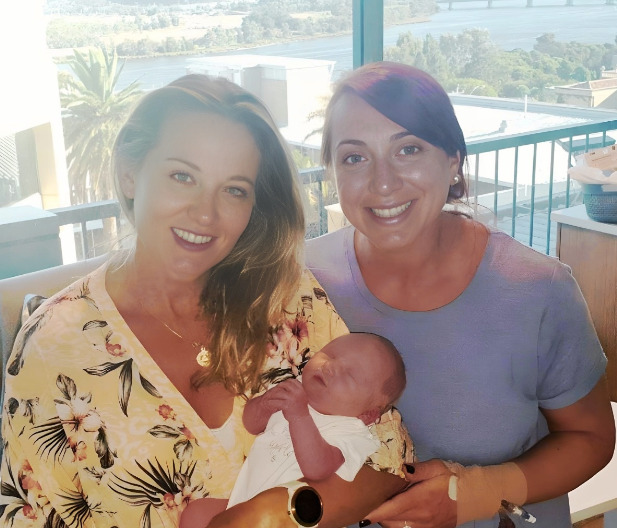
Welcoming a new baby into the world is often portrayed as a joyful, magical time. And while there are mind blowing moments of love and happiness, the postpartum period can also bring physical exhaustion, emotional upheaval, and mental strain. For many mothers, it’s hard to know what’s “normal” and when to ask for help.
That’s where the Traffic Light System for Postpartum Wellbeing comes in — a simple yet effective tool days, weeks and months following childbirth.
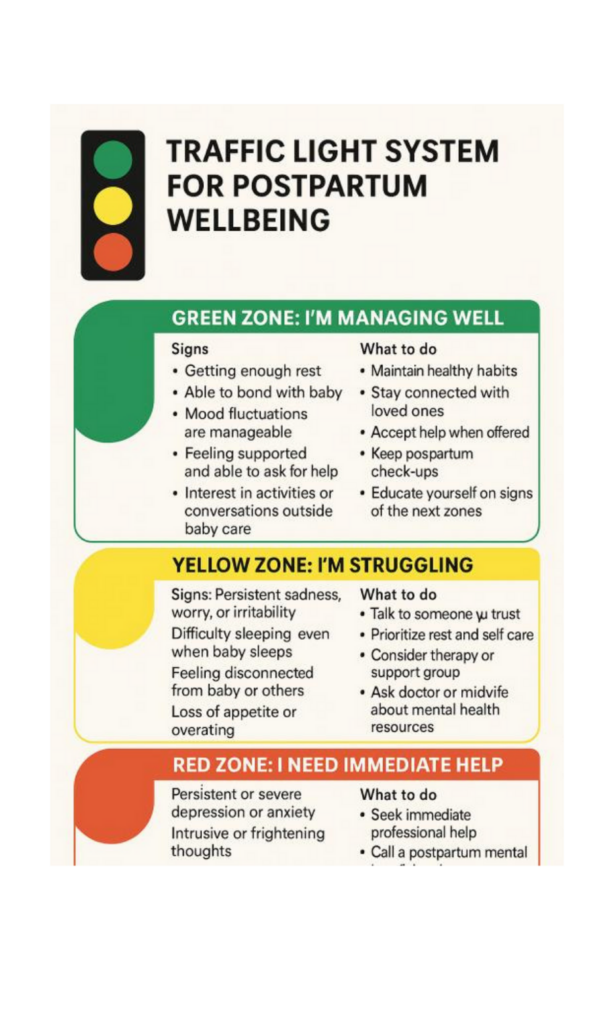
GREEN ZONE: “I’m Managing Well”
Dads…. You’re safe to go fishing today

This is the zone of relative stability. You may be tired, adjusting to life with a new baby, and learning a lot — but you’re coping.
Signs you’re in the Green Zone:
- You’re getting enough rest (even if interrupted).
- You’re able to bond with your baby.
- Mood fluctuations are present but manageable.
- You feel supported and able to ask for help.
- You have interest in activities or conversations outside of baby care.
What to do in the Green Zone:
- Educate yourself about the signs of the next zones.
- Maintain healthy habits (sleep, nutrition, movement).
- Stay connected with loved ones.
- Accept help when offered.
- Keep postpartum check-ups and speak openly with healthcare providers.
YELLOW ZONE: “I’m Struggling”Dads – not the day to ask if your mum can visit!
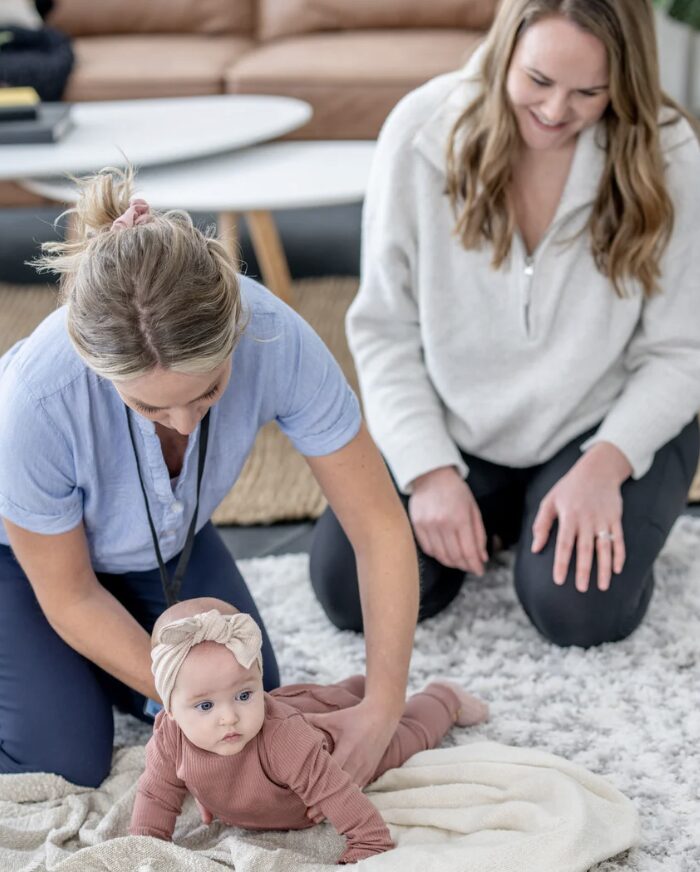
This is the caution zone. It’s common to dip into yellow occasionally — especially when
sleep-deprived or overwhelmed — but if you remain here for more than a few days, it’s a
sign to act.
Signs you’re in the Yellow Zone:
- Persistent sadness, worry, or irritability.
- Difficulty sleeping even when the baby is sleeping.
- Feeling disconnected from your baby or others.
- Loss of appetite or overeating.
- Trouble making decisions or focusing.
What to do in the Yellow Zone:
- Talk to someone you trust — a partner, friend, doula, or health care professional.
- Prioritise rest and self-care, even in small ways.
- Consider speaking with a therapist or joining a new parent support group.
⚠ DAD’S DONT SAY “IM TIRED” – THAT WILL NOT GO DOWN WELL TODAY
RED ZONE: “I Need Immediate Help”
AKA – “lock in the hubs – its serious”

The red zone signals a critical need for intervention. If you or someone you love is here, don’t wait — help is essential and available.
Signs you’re in the Red Zone:
- Persistent or severe depression or anxiety.
- Intrusive or frightening thoughts (e.g., thoughts of harming yourself or the baby).
- Hallucinations or paranoia.
- Feeling like you can’t go on or that your baby/family would be better off without you.
- Complete withdrawal from loved ones.
What to do in the Red Zone:
- Seek immediate professional help. Contact your GP, midwife, or emergency services
- Call a postpartum mental health hotline (see last page)
- Do not face this alone — let someone know how you’re feeling and allow them to help you get the support you need.
Why the Traffic Light System Works
This color-coded system provides a clear, intuitive way to self-assess and monitor wellbeing during a time that can feel blurry and overwhelming. It also helps partners, family, and healthcare providers tune into subtle shifts before they escalate into crises.
Postpartum mental health exists on a spectrum — not all distress looks like depression, and not all challenges are “just baby blues.” The Traffic Light System helps normalise the range of emotions and emphasises that seeking help is not a weakness — it’s strength.
What Do I Think?
As a mother of 5, grandmother of 5 who has experienced most maternity models of care
My births took place over a span of 20 years, so I’ve experienced firsthand how changes in our maternity system can impact both birth and the postpartum journey. As a doula and now a grandmother to five, it’s deeply unsettling to witness a system that consistently fails to prevent, protect and support the mental health of birthing mothers.
You’re not the one failing — it’s the maternity care system that’s letting you down. Too often, gold standard care like privately practicing midwives is financially out of reach, and many women are excluded from continuity of care programs. On top of that, countless families lack consistent support at home, leaving the postpartum period feeling lonely and overwhelming. Society may expect you to go through it alone — but that’s not how it should be.
So, my BIGGEST tip is CONTINUITY OF CARE from pregnancy through to birth and postpartum.
To learn more about continuity of care, I’ve written a blog about it here:
Continuity of Care – What’s the big deal?
Here’s a great article by Vicki Hobbs about choosing the right care provider for you:
Preparing women for what’s to come after birth is challenging. I do my best to educate and support, but there’s a delicate balance between being honest and unintentionally creating fear. If I could give just one piece of advice: buy every baby item second-hand and put your saved money into protecting your journey into motherhood. Your postpartum journey relies heavily on what happens in the lead up.
My top 8 recommendations and links of money well spent:
1.Hire a private midwife Click Here (to find one) – but they get snapped up quickly, sell your left kidney if you must for a private midwife (many have admitting rights to hospitals if you’re not a fan of homebirth). Prioritise continuity of care during birth and beyond — it’s worth every cent.
2. Hire a birth and postpartum doula (especially one who is Postpartum Savy) Vicki Hobbs Doula Search
3. Engage in an Independent Birth Classes (face to face) Vicki Hobbs in person Birthing Classes
4. Engage in a breastfeeding course (face to face) Pip’s Breastfeeding Consultancy
5. Find your village of support (family, friends, postpartum doula) www.babyandmepostnatal.com.au
6. Preplan freezer meals – email me for your free E-copy michelle@perthdoulaservices.comau
7. Hire a cleaner.
To wrap it up
Whether you’re in the green, yellow, or red zone, know that support, healing, and hope are all within reach.
The bonus is this system doesn’t just benefit you in postpartum, it can help you navigate many options presented to in pregnancy and birth. Such as birth preferences, breastfeeding, and even CTG monitoring! Here is just one example of the traffic light system in Hugo’s story. https://www.facebook.com/share/p/1J3u9Gm9LV/
New motherhood is a journey. Use this system and all of my advice above as a compass, not a judgment. Every mother deserves to be seen, heard, and supported — including you.
Emergency Contacts
In case of an emergency or crisis please dial 000 or visit your nearest Emergency Department.
Mental Health Emergency Response Line (MHERL) Metro Tel: 1300 555 788 (local call) Peel Tel: 1800 676 822 (free call)
Perinatal Anxiety and Depression Australia (PANDA)
Tel: 1300 726 306
Hours: 10am to 5pm AEST, Monday to Friday
Centre of Psychological Enrichment (COPE)
Tel: (08) 6556 6460

For more information on Postpartum and how I can help please visit my website
Michelle McKechnie | Perth Doula Services
https://perthdoulaservices.com.au/

Other relevant links:
https://perthdoulaservices.com.au/blog/lets-rebirth-the- postpartum/https://perthdoulaservices.com.au/services/#info
